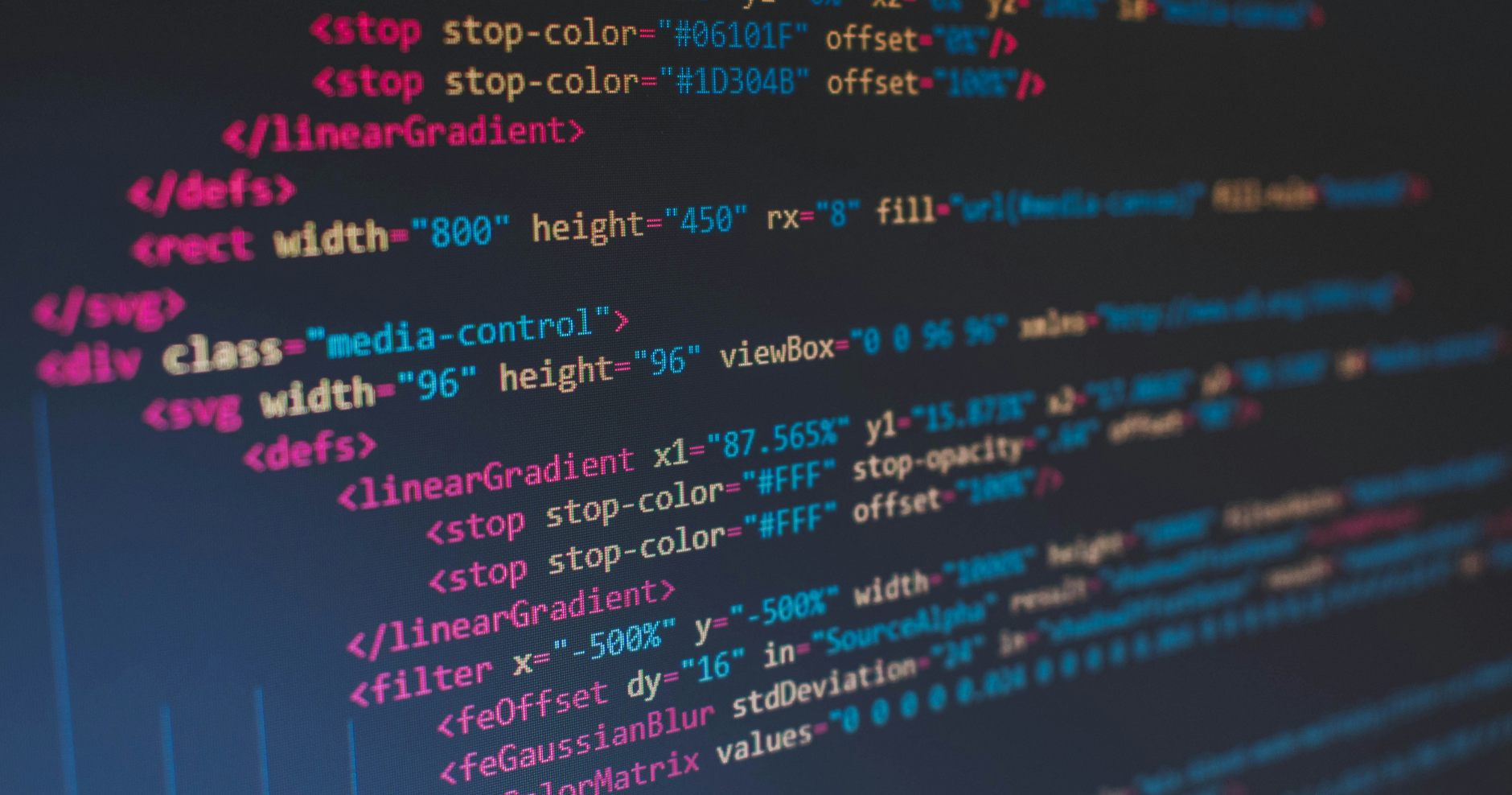
Does AI Coding Assistance Actually Improve Productivity?
The conversation around AI coding assistants often swings between extreme enthusiasm and strong skepticism. Some claim dramatic gains in developer velocity. Others point out that real-world delivery pipelines have not meaningfully accelerated. A recent internal engineering discussion dug into this tension and explored what actually drives value and where the bottlenecks remain.
The core question: AI can write code faster, but does that make engineering faster?
Conflicting Signals From Research and Industry
Several reports highlight substantial time savings from AI powered code generation. Some surveys suggest many developers save meaningful hours each week using these tools, and academic work has shown double digit improvements in coding speed.
But other studies tell a different story. Controlled measurements in some trials reveal slowdowns, not speedups. Developers perceive benefits, yet overall timelines expand due to increased time spent prompting, reviewing, and correcting AI generated code. In some cases, AI produces larger, buggier pull requests that take longer for humans to evaluate.
The pattern emerging across the data: code generation accelerates but approval and verification expand to fill the gap.
The Real Bottleneck: Verification, Not Generation
One key insight from the discussion was that modern development work is not dominated by typing code. Planning, communication, system design, testing, and long term maintainability all matter. Writing code is only a slice of the job.
Even when AI writes code well, engineers must still read it, understand it, and ensure it is correct, secure, and maintainable. Review becomes the constraint. In many teams, that means speedups in generation are offset by slower approvals and risk mitigation work.
Put differently: the hard part of engineering is not producing code, it is validating correctness.
When AI Helps and When It Hurts
The group explored a practical framework for deciding how and when to use AI coding tools. It considers two dimensions:
- Effort required to generate a solution
- Effort required to verify a solution
AI delivers the most value when generation is hard but verification is easy. Examples might include UI scaffolding or repetitive transformation code that can be visually or functionally checked quickly.
If verification is difficult and requires domain expertise, AI may slow you down. If both generation and verification are easy, automation might be the better investment. And if both are hard, AI suggestions are likely to create drag.
This model also explains why experienced engineers tend to extract more value from AI tools. They are better at rapidly validating output and catching issues.
A Practical Workflow for Engineering Teams
The discussion emphasized that effective users follow a disciplined approach:
Plan, Prompt, Peruse
- Plan the architecture and approach independently
- Issue precise prompts for small, focused changes
- Peruse the output quickly and critically
This minimizes the verification burden by ensuring the model contributes incremental, easily checked improvements rather than large opaque blocks of code.
There is real value available, but it comes from fit-for-purpose adoption, strong prompting discipline, and a focus on minimizing verification costs. The long-term effects will likely depend on how teams integrate these tools into architectural thinking and review processes rather than how fast they can produce raw code.
For now, the signal is clear: AI coding tools help most when they augment intentional engineering, not replace it.
